Monaco, that glittering, diamond-encrusted postage stamp of a country, has made a bold announcement: it’s gotten bigger. That’s right—this playground for billionaires, where seven in ten residents are so wealthy they probably use banknotes as toilet paper, has decided its 0.78 square miles simply wasn’t enough. Enter Mareterra, a €2 billion “eco-district” carved into the Mediterranean Sea, proving that even the ocean isn’t safe from Monaco’s insatiable appetite for exclusivity.
Mareterra: Monaco’s “Sustainable” Vanity Project
Let’s start with the basics. Mareterra, Monaco’s latest land reclamation project, is adding a whopping 15 acres to the principality’s territory—an increase of 3%. That might not sound like much, but in Monaco, where every square meter is priced like a Picasso, it’s nothing short of a land rush, it’s practically a continent.
This “eco-district” (a term so loosely defined it could mean anything from a tree-lined street to a wind turbine stapled to a mansion) promises green energy, public parks, and bike paths. But don’t let those buzzwords fool you. At its heart, Mareterra is a vanity project, a place where the ultra-rich can buy €100,000-per-square-meter apartments and feel smug about their environmental credentials. Because nothing screams “eco-friendly” like a villa surrounded by imported Tuscan trees.
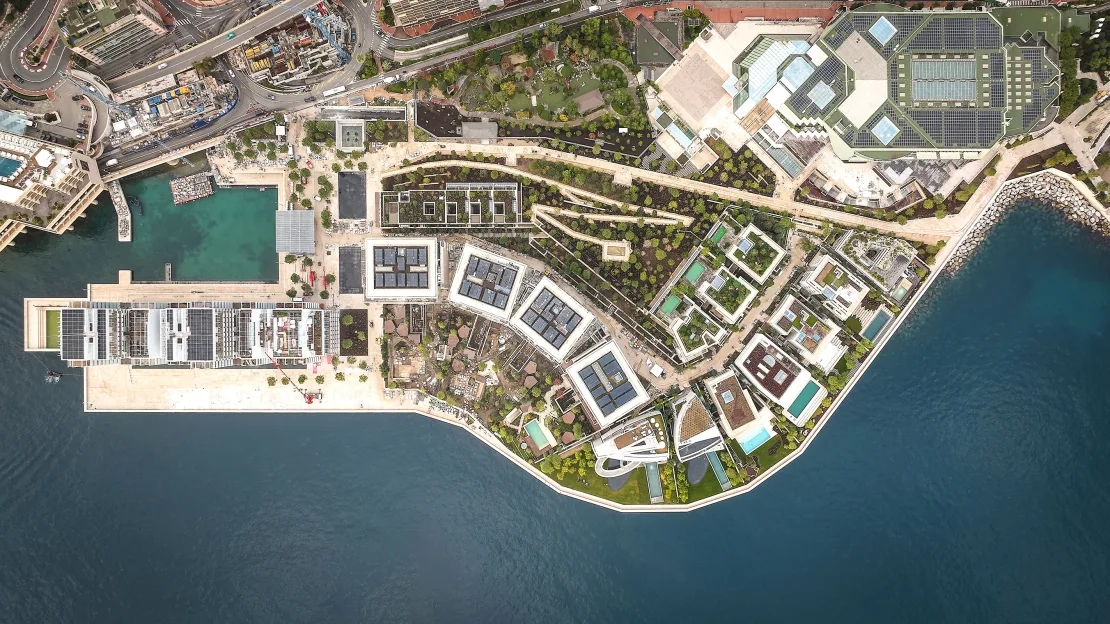
Luxury for the Few, Parks for the Rest of Us
The developers insist that half of Mareterra will be publicly accessible, which is Monaco-speak for, “You can look, but don’t touch.” There will be parks, cycle paths, and even a seaside promenade for the unwashed masses to enjoy—just don’t get too close to the palatial villas.
Speaking of those villas, they’re the stuff of billionaire dreams. Designed by architectural rock stars like Renzo Piano and Norman Foster, these mansions are expected to fetch prices so high they haven’t even been disclosed. Rumour has it the pricing strategy involves throwing darts at a chart of GDPs.
Meanwhile, Monaco’s government will pocket a tidy 20% tax on every sale. Call it a win-win: the billionaires get their tax haven, and the government gets to pretend it’s doing something for the common good.
The “Eco” in Eco-District: Greenwashing or Genuine?
Mareterra’s developers are keen to highlight the project’s sustainability, boasting about artificial seagrass beds and marine habitats designed to replace the biodiversity bulldozed by the construction. It’s an interesting strategy—destroy an ecosystem, then build a smaller, less functional version of it, and call it progress.
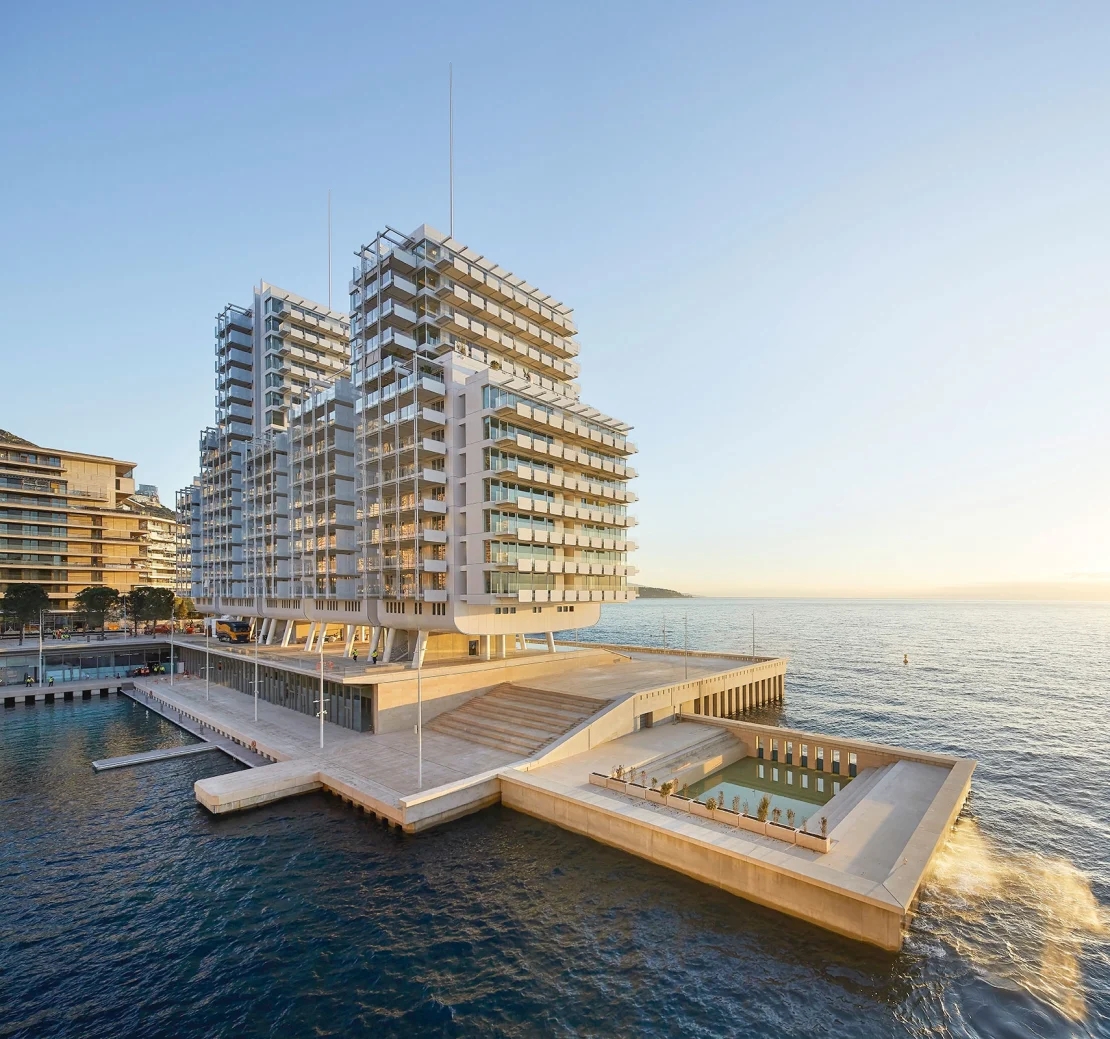
The project also promises 80% renewable energy for heating and cooling, powered by solar panels covering a generous 1.2 acres. But let’s be real: when the main selling point is “you can charge your Tesla guilt-free,” we’re not exactly saving the planet here.
Monaco vs. the Mediterranean: A History of Expansion
Monaco’s affair with land reclamation isn’t new. The principality has been taming the sea since the 1960s, expanding its borders with districts like Larvotto and Fontvieille. Today, over a quarter of Monaco’s territory is built on reclaimed land. Mareterra is just the latest chapter in this saga of aquatic imperialism.
Naturally, environmentalists are less than thrilled. Monaco’s waters are home to 60 species of coral, many of which are being unceremoniously evicted. Developers claim they consulted marine experts, but one imagines the fish weren’t given much say in the matter.
A Gilded Future: What Mareterra Means for Monaco
Ultimately, Mareterra is Monaco in a nutshell: a gleaming façade of progress masking a core of unapologetic elitism. It’s a place where billionaires can buy €200 million villas, stroll along “public” parks, and sleep soundly knowing their artificial seagrass beds are saving the planet—sort of.
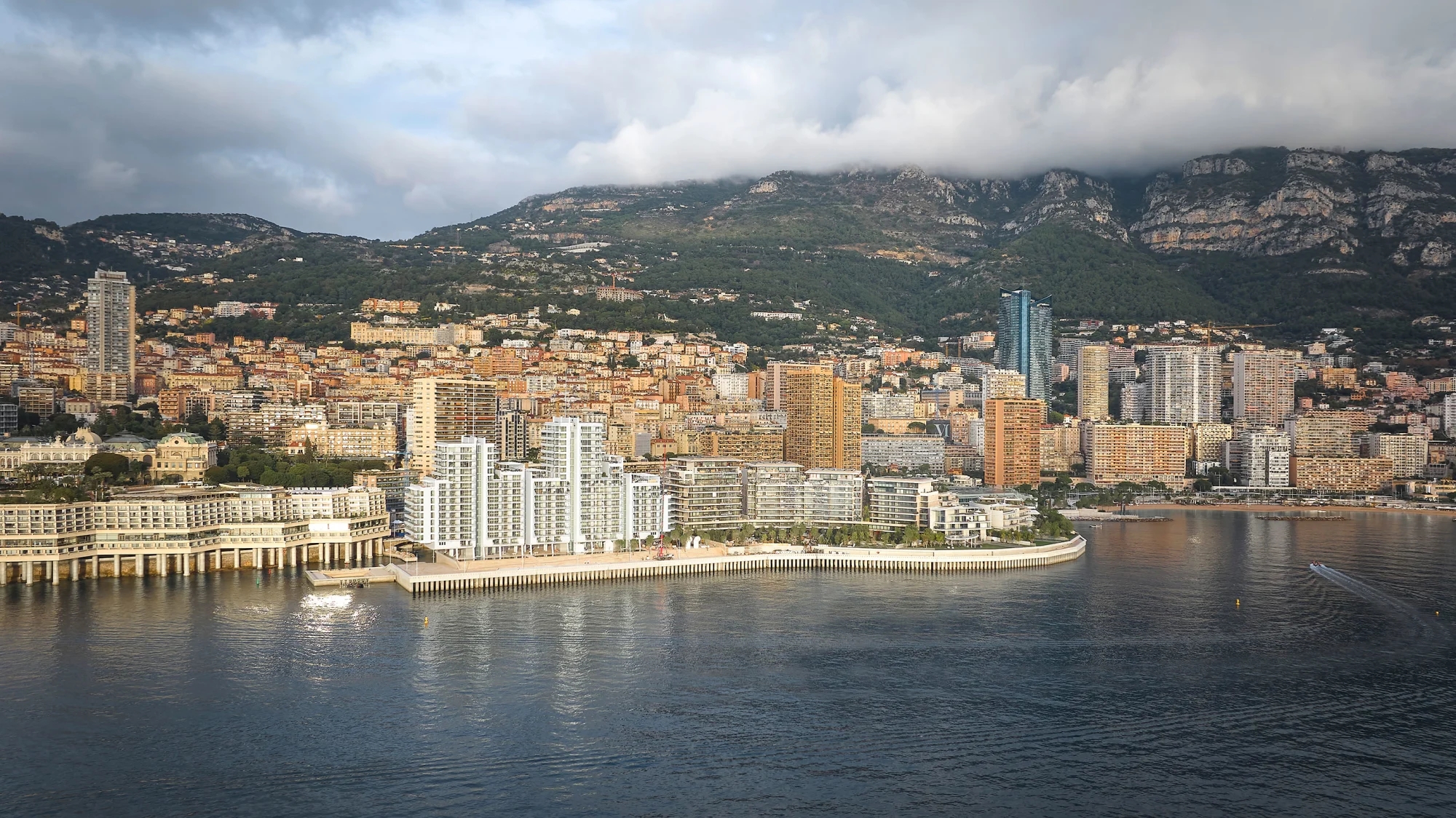
For the rest of us, Mareterra is just another reminder that in Monaco, even sustainability comes with a price tag. So if you find yourself wandering through its parks, remember: you’re standing on €2 billion worth of reclaimed sea, breathing air filtered by Tuscan trees, and gazing at villas that cost more than your country’s national debt. But hey, at least the bike paths are nice.


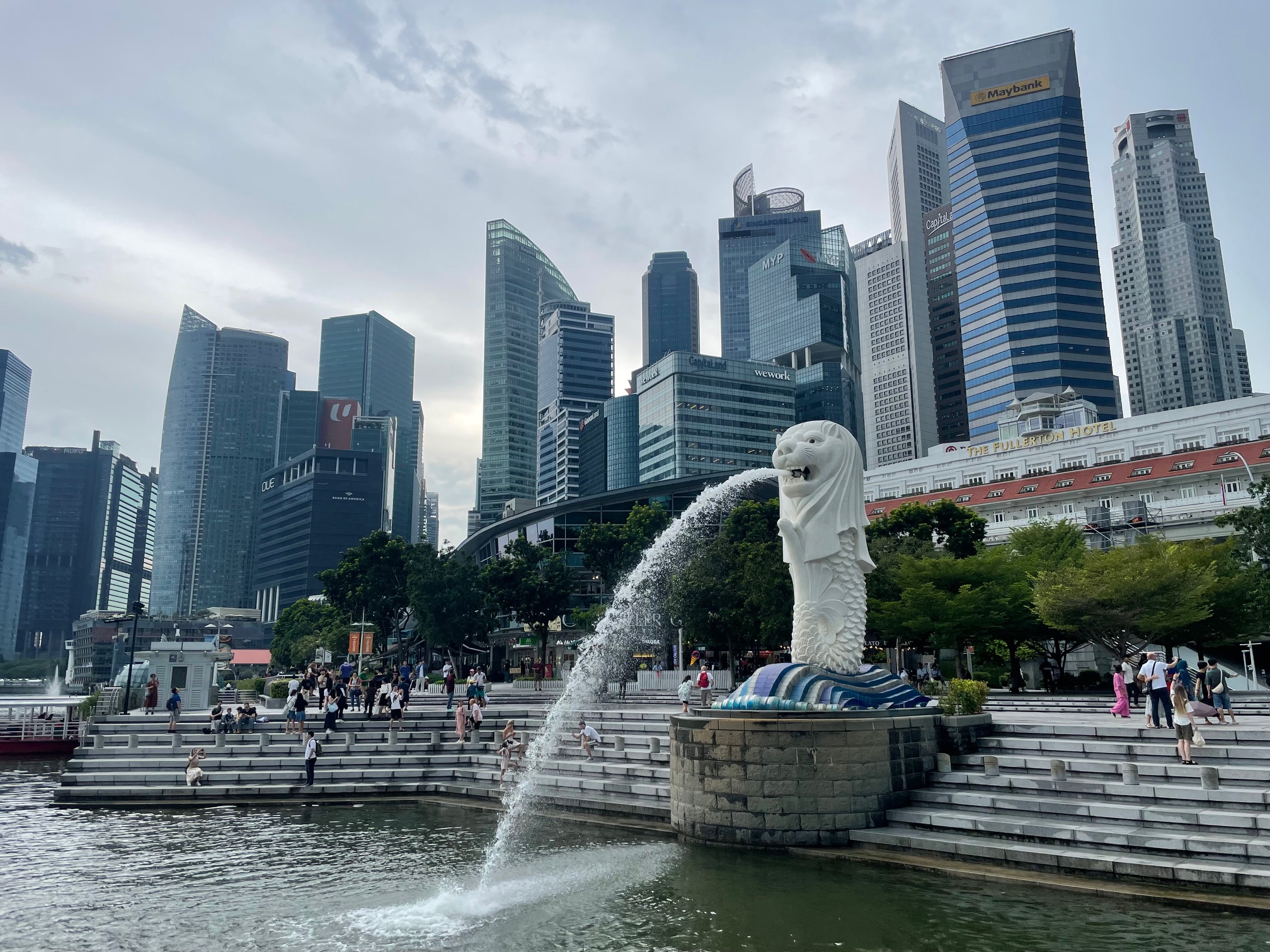

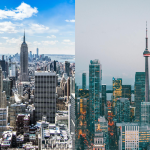



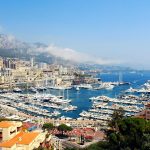
Leave a Reply